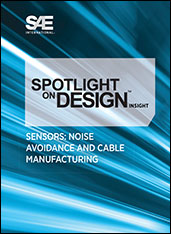Training / Education
Key Considerations for the Comparison of Power‐by‐Wire and Hydraulically Supplied Solutions for Aerospace Actuation
This four-hour short course provides key considerations for the comparison of electrically supplied (Power-by-Wire, or PbW) and hydraulically supplied (Power-by-Pipe, of PbP) actuation for aerospace. The focus is put on the consequence, for designers, of changing the physical principles and the technology used. A particular attention is paid to the unavoidable side effects introduced by the technological realization. Simple examples with realistic numerical values are used to make the comparisons quantitatively realistic.








